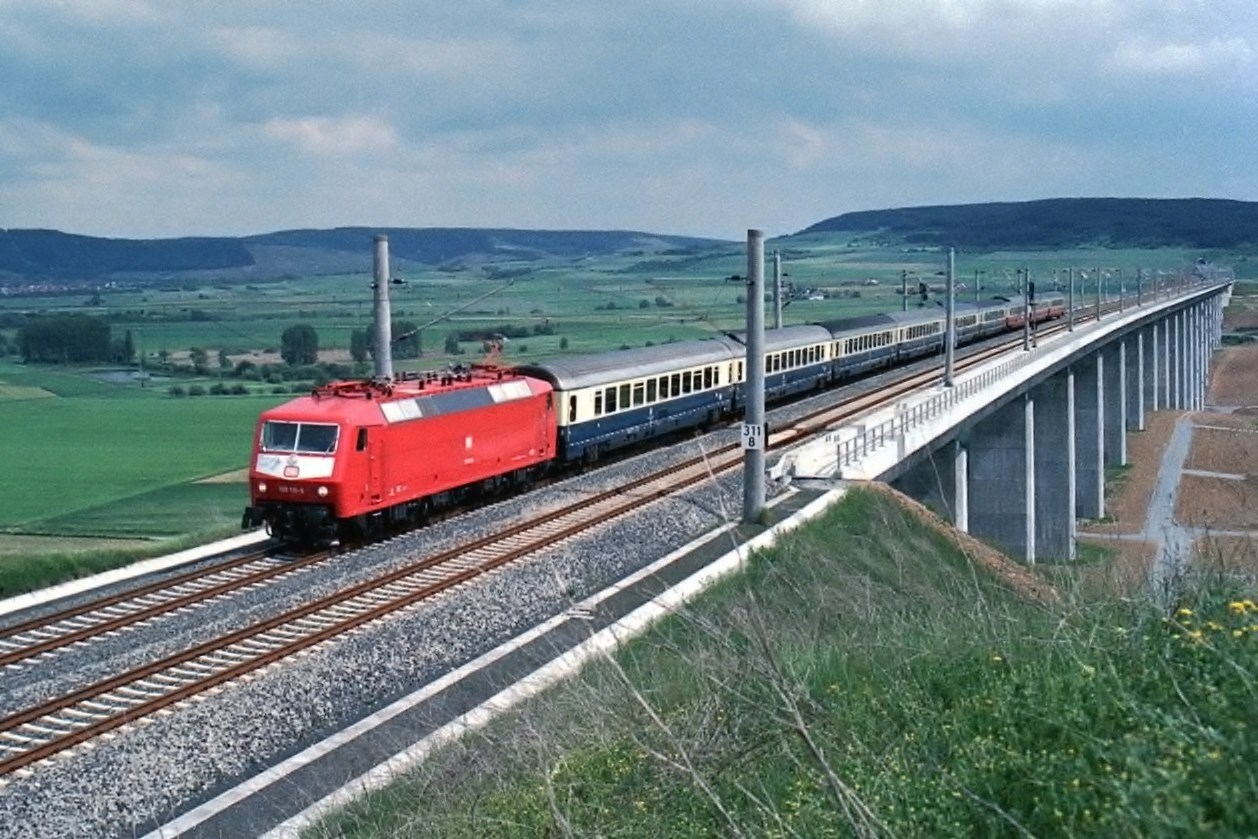DB Class 120
The Class 120 is an inconspicuous looking locomotive (in today's standard, anyway). It occasionally, casually drifts across the rails right in front of my eyes, almost blending into the background, hardly noticeable at all. I would've probably have never thought much of it, until now.
The amount of information the English Wikipedia page has provided is a bit of a pity. Luckily, though, it is 2017, and there's Google Translate (well, hopefully at least one version of me in some alternate universe is actually learning German). There is no way this post can contain (nor should it) all the wealth of information found on the locomotive's German Wikipedia page. Here, I'll just show off a few what I think are highlights.

Von Benedikt Dohmen (User:Benedictus), Archiv-Nr. 63/28 - Eigenes Werk, CC BY-SA 3.0, Link
So beneath the underwhelming looks of the Class 120 is one of the first production three-phase AC locomotives equipped with regenerative braking. It was developed in the late 1970s and early 1980s for the then German Federal Railways (Deutsche Bundesbahn, rather than the Deutsche Bahn of today) by a consortium of companies. The utilization of AC traction meant that in the same space of a four-axle locomotive, engineers were able to cram in 7,500 hp worth of oomph. This means that the Class 120 can reach a maximum speed of 124 mph with relative ease. In fact, in a test run in October 1984, with about 280 tons of trailing tonnage, Unit 001-3 reached a record-breaking speed of 165 mph. This series of locomotives went on to inspire and influence the development of more modern high speed locomotives such as the power cars on the ICE 1, 2, and the Class 101.

Von Klaus Trencsik - Klaus Trencsik, www.dominobahn.de, CC BY-SA 3.0, Link
So the moral of the story—never judge a locomotive by its looks.

Comments